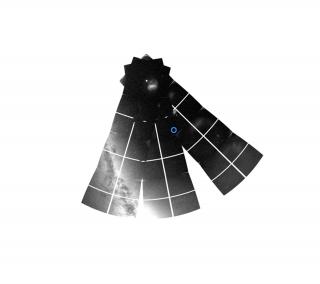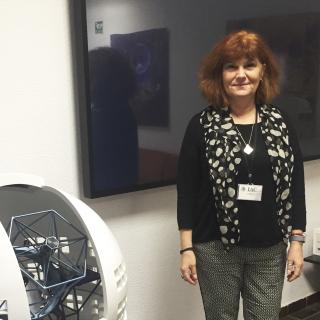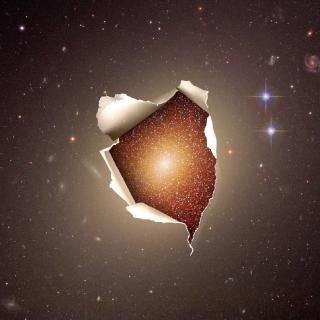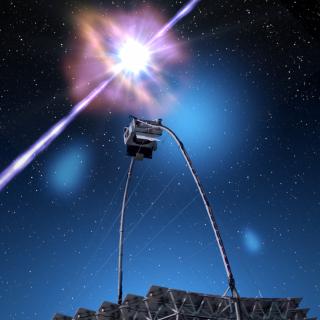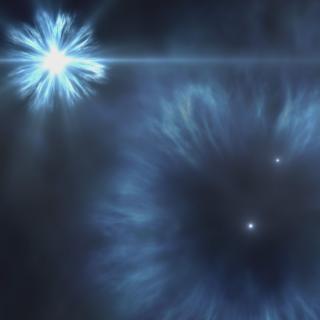
Scientists from the Instituto de Astrofísica de Canarias (IAC), in collaboration with the University of Cambridge and the University of California San Diego, detect large amounts of oxygen in the atmosphere of the "primitive star" called J0815+4729. This finding, reported in the journal The Astrophysical Journal Letters today, provides an important clue on how oxygen and other chemical elements were produced in the first generations of stars in the Universe. Oxygen is the third most abundant element in the Universe after hydrogen and helium. It is essential for all forms of life on Earth
Advertised on
